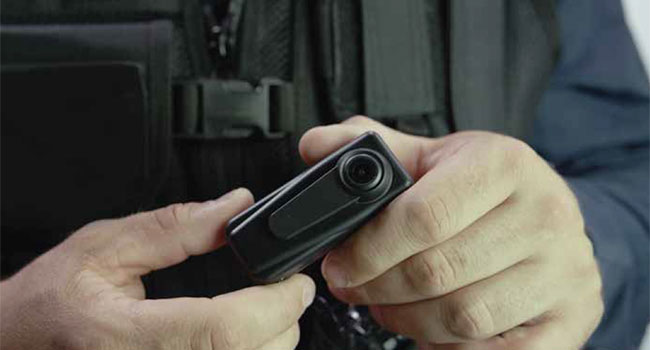
Tackling Parking Officer Abuse with Unified Evidence
Parking agencies are gathering infraction evidence more easily
- By Chris Yigit
- Sep 01, 2018
About two million people are affected by workplace
violence every year in the United States. Some of
these people are parking enforcement officers. While
out on daily patrol, parking enforcement officers are
regularly subject to verbal abuse and violent outbursts
when issuing tickets. In more severe cases, they may even be
physically attacked, have coffee thrown in their faces or side-swiped
by disgruntled drivers who get caught breaking the rules. This is
why many enforcement officers are given hours of training in violence
prevention, learning how to de-escalate aggressive behavior
and protect themselves.
However, sometimes that training is not enough. Surviving trauma,
abuse and assault on the job can often lead to an increase in absenteeism
and stress, which can hurt an organization. According to the
National Institute for Occupational Safety and Health, nonfatal workplace
assaults alone result in more than 876,000 lost workdays and $16
million in lost wages every year. Today, there’s an opportunity for university
and city parking enforcement departments to keep their officers
safer by equipping their team with body-wearable cameras.
Keeping Officers Safer
Once an aggressor knows they are on camera, it becomes easier for
an officer to de-escalate the situation. With a push of the button, a
parking enforcement officer can use body-wearable cameras to collect
evidence and deter aggressive behavior. Should an altercation ensue,
the parking enforcement department has the evidence they need to
pursue a criminal case if required.
Because body-wearable cameras are more commonly associated
with law enforcement, the system features and workflows are typically
designed for police officers and their duties. With slight enhancements
focused around parking enforcement tasks, body-wearable
camera solutions can be just as useful to a parking officer to curb
on-the-job threats.
For a long time, parking enforcement agencies have shied away
from equipping officers with body-worn devices because they worried
about the monumental task of managing a whole new source of evidence, often using an entirely new and separate system from their
enforcement solution. It is an extremely time-consuming process to
not only sort through video from body-wearable cameras and find
the right evidence, but then also have to associate that video to the
infraction data from a parking enforcement system.
Unification is helping to streamline this process. Today, it is possible
to sync the body cameras with a system that is increasingly becoming
commonplace in day-to-day parking enforcement tasks—automatic
license plate recognition (ALPR). Within a unified platform,
all recorded video from the body-wearable camera can be tied with
the license plate reads from the mobile ALPR system.
Unifying Body-wearable
Devices and ALPR Technology
Through this unified platform, handling parking enforcement tasks
and staying safe become seamless to the operator. Essentially, an
officer can drive around in their vehicle, searching for parking violations.
As soon as the mobile ALPR system alerts them to an infraction,
they can then press the record button on their body-worn
device to begin documenting the issuance of the ticket and gathering
more contextual evidence of the infraction itself. Should an
individual cause a scene or become violent in any way, the enforcement
officer could advise them of the video recording and diffuse
the situation. Once their shift is over and the camera is docked at
the department office, the system will automatically store all video
evidence, associating each recording to the license plate read and
other ALPR data.
Later, the parking enforcement manager can conduct searches using
various metadata such as the license plate number, GPS coordinates,
and timestamps, or by using a city or university campus map
to quickly find video and information.
Capturing the Infraction Scene on Video
Investing in body-wearable technology in parking enforcement is not
all about safety. Parking agencies can capture more evidence to support
infractions.
For instance, if an officer is alerted to a vehicle parked in a disabled
parking spot, the recording from the body-worn camera can
provide an entire view of the scene. It would show the vehicle in an
obvious infraction, the license plate, any signage and the missing disability
parking permit. This can reduce the chances of tickets being
contested, while simplifying the evidence collection and association.
The Future of Parking Enforcement
Assaults on parking enforcement officers are a growing concern for
cities and universities everywhere. Body-wearable cameras are becoming
a new tool to keep parking enforcement officers safer, which
in turn helps to reduce stress, absenteeism and turnover.
By unifying these devices with an ALPR system during enforcement,
parking agencies can further streamline the collection and association
of evidence, so that if ticket disputes do come up, managers
will be mouse clicks away from indisputable proof
of infraction. Meanwhile, parking enforcement officers
can go about their daily duties with greater
confidence and ease.
This article originally appeared in the September 2018 issue of Security Today.